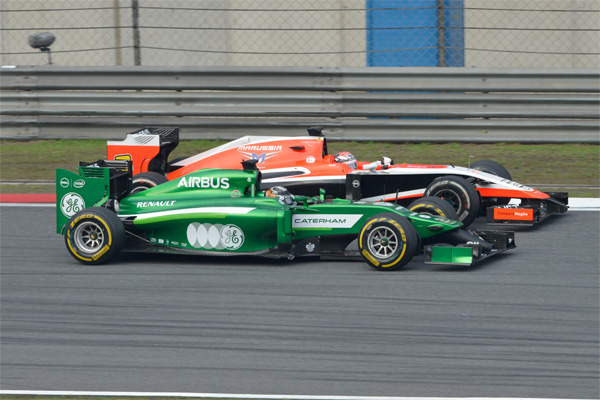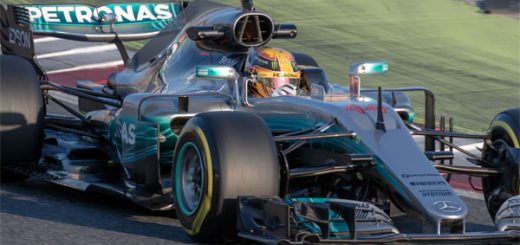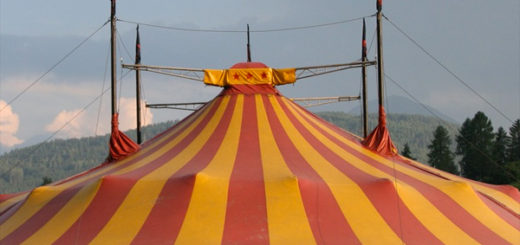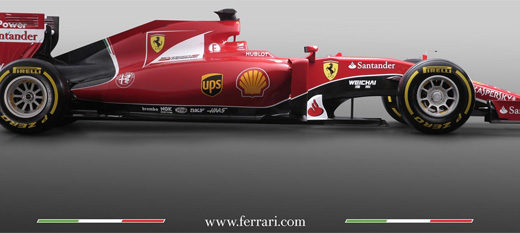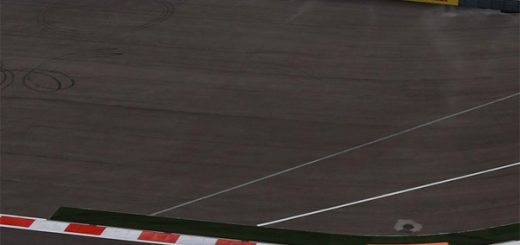My Ideas For a Revised 2017 F1 Series
Formula 1 is pretty much sucking hard right now, the formula is expensive, the racing is often less than spectacular, and the gap between the haves and have nots has reached a point of stupidity. With Manor circling around 5 seconds a lap slower and pretty much everyone at least 1 second behind the Mercedes cars, it’s not exactly inspiring. The leaders of F1 (even Bernie Ecclestone, bless his aged heart) has figured out that the current course is killing the series and literally turning the golden goose into very expensive left over sandwiches. So, be changes are proposed for 2017, but in typical F1 fashion, they are vague to the point of being meaningless.
So, with all of this in mind, I am going to take a wild stab at Formula One 2017… my ways of fixing what ails them.
First off, it’s time to dial back the aero in a very big way. The front wings should have a maximum of two elements, the initial plane (the front surface) and an adjustable “winglet” on each side to add or remove front downforce. The winglets should be of limited size, with a maximum number of square inches, a maximum curvature (make it all fit in a “this size” box with a lid to make it easy), and should be solidly hinged at the bottom to the main plane of the front wing. Let them go wild with that single element, with almost no curvature and almost no playing around. End plates should be a standard size and dimension and common to all teams / cars, with no variance. The goal here is to remove MOST of the front downforce generated by all those winglets and dingbats that pollute the front of current cars.
Behind that is wheels and tires. Here I would go to 17 or 18 inch rims, low profile tires with almost NO sidewall flex, and make them significantly wider than the current tires. Replace aero grip lost by controlling the front wing with mechanical grip. By limiting sidewall flex. the suspensions of the cars will have to actually do something, no more go carts!
At the other end, it would be the same game. Much bigger tires and wheels, meaning more mechanical grip and less aero grip. The rear wings should perhaps return to the look of the 80s or 90s, full width (hub to hub) with either a single support or two supports inside the width of the wheels, and the same sort of two plane rule as the front wings. One fixed plane from the front edge, and one hinged piece to provide for increasing or decreasing rear downforce. If DRS is still desirable, it might be worth it to have a way to have that piece go flat, limiting drag.
Now the important part. Formula 1 needs to once again become a FORMULA series. To that regard, I propose that a minimum of two sets of engine rules exist. The idea is to, rather than limits teams to a narrow technical box, that they can choose the technology that best suits them and their bottom line budgets. The goal (as stated before) is about 1000 HP. So take the current engines, turn up the boost, turn up the fuel flow, and turn up the allowable fuel a bit, and hit the goal with a combination of regenerative and regular energy. On the other side, offer an optional formula for either a naturally aspirated V8 (displacement to be determined) or a V6 turbo with a limited electric boost like the older system from a few years back. Balance them out so that each makes about the same power, give them the same (but somewhat limited) amount of fuel to work with, and let them get on with it.
For what it’s worth, I would also ditch the 4 engine rule and limited gearboxes. These rules have an extremely detrimental effect on the whole show, discouraging teams from running on Friday, and the costs related to managing these engines and building them to last so long isn’t doing anything to make the viewers more interested. I would say thought that a team needs to present with an engine and gearbox in each car, and if they change them in the race weekend, they should get a 10 grid spot penalty or similar.
Oh yeah, here’s the most important one. The following are banned from the grid: Laptops, dried ice, cooling fans, and any more than a handful of people per car. The cars need to be able to be started by a drive and the guy running the starter motor ALONE, with no external computer help or backup. At the two minute mark, there should be exactly 5 team members on the grid, 1 for each wheel and 1 guy with the starter motor, and that’s it. The amount of technology required now to even start an F1 car now puts them well out of touch with the fans.
Finally, I would like to see the return of the T car, but for a very different reason. In both sessions on Friday, teams should be allowed to run a third car (and should be encouraged to do so). However, each team could only have 2 cars on the track at a time (to limit traffic). With extra tires allocated for the T car, and with a dozen extra drivers in the mix, Fridays could really pick up – and at the same time would allow the teams to “sell” the third seat and gain extra income and extra exposure. If they REALLY want to go over the top, they could even have a T-car Grand Prix, after the Friday practice, for only the t-car drivers.
I have made a whole list of suggestions in the past, such as limiting computer connections back to the head office during race weekends, limiting the number of staff on site for each time, and so on. Most fans don’t realize that the teams have dozens (if not a hundred or more people) working remotely to the events, guiding the results. That just isn’t in the interest of the sport of the fans.
Formula 1 needs to return to it’s roots as a formula system that encourages innovation but discourages endless spending to accomplish minimal returns.
